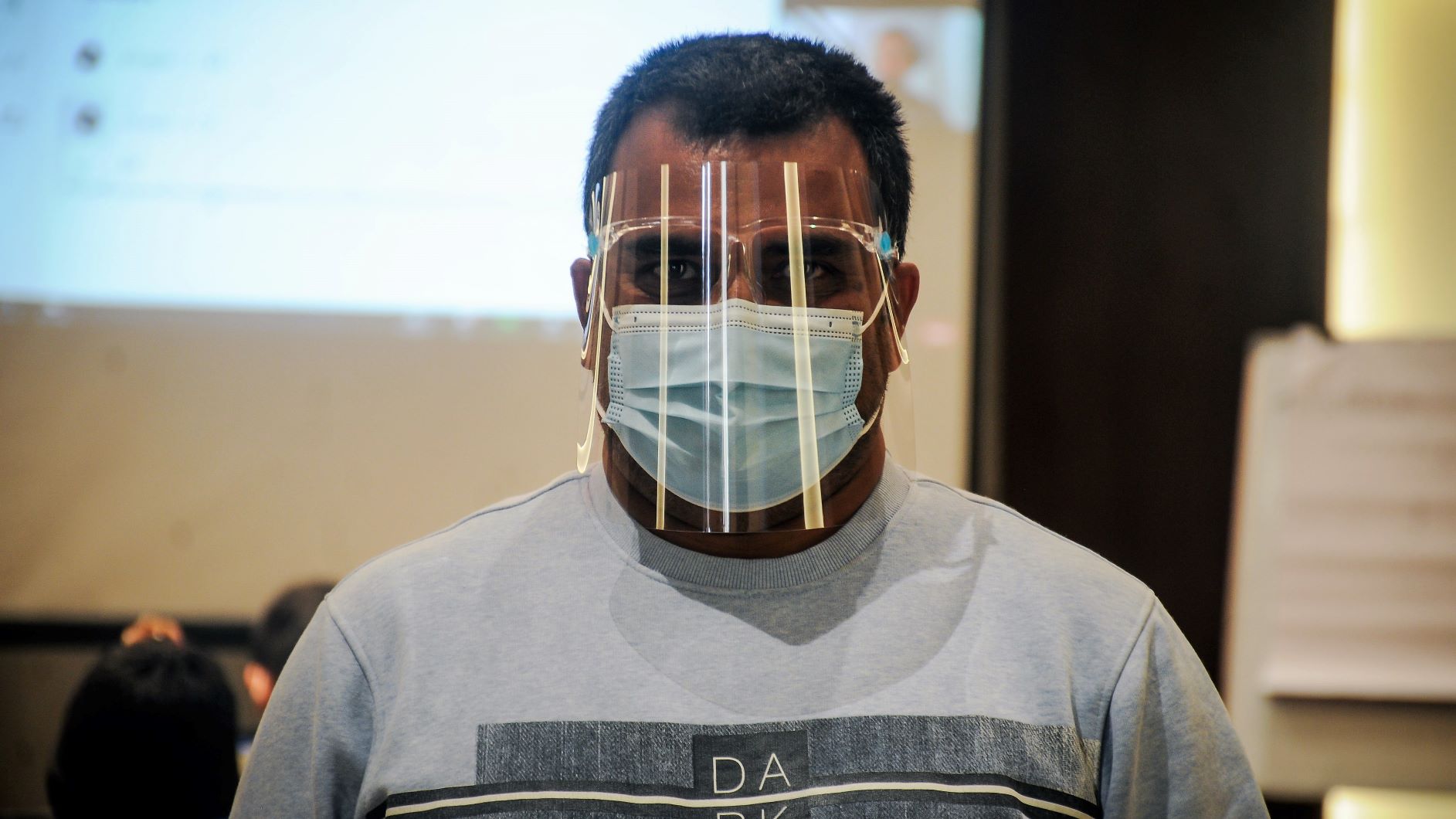Equal Access Nepal, an INGO, organized the Kathmandu miniBarCamp yesterday as a part of its to-be-launched-project on media workers’ network and citizen journalism platform.
I was asked to recount my experience of blogging during the Royal Regime 2005/06 and talk on citizen journalism. Other speakers who participated include Saurav Dhakal (on his storycycle project), Sarun Maharjan (on Web 2.0 and social media) and Dipak Jung Hamal (on his research on practices of citizen journalism by Nepali televisions). There were few participants but the discussion turned out to be lively and I really enjoyed being there.
When I talked about citizen journalism, I focused on a point that the ‘letter to editor’ columns of newspapers, or ‘people’s voice’ slot of televisions are not citizen journalism (in its purest form). I am skeptical about possible implementation of citizen journalism by mainstream media, I do accept that giving more space or time to such columns/slots are welcome (and a derivative of citizen journalism).
For my stance, I was not happy with the theoretical definition of citizen journalism when the practices of citizen journalism in Nepali television was discussed. And, to clarify my stance, I will be writing a separate blog post (a little bit of academic-type writing) on what’s citizen journalism and what’s not in a couple of weeks.
Saurav’s StoryCycle – a project still to take a full shape – is more about generating news stories in communities by the members of communities and by some mean (including but not limited to mass media, public screening or DVDs) feeding it back to the community itself. Since I first learned about the project, I feel excited and I really want to see it in action.
Equal Access Nepal’s project is an ambitious project – they hope to give a platform to media workers to share their ideas, stories and information (something like Publish2 – I don’t have a complete idea of implementation though) and also provide those journalists with legal protection when needed.
The other part of the project is more related to launching a citizen journalism platform where people can have their say – by sending email, directly uploading their content, or sending snail-mail or by recording their stories in a toll-free number or sending SMS (wow, that’s almost all means). They will employ some transcribers to transcribe spoken words.
I am not sure if the citizen journalism platform will succeed to a point where it becomes ‘very important’ source of information. But I do sincerely hope that it will succeed to a point that a lot of people will understand they could disseminate information using web. That learning will be instrumental if, for some reasons, the mainstream media fails and citizen journalism is required to fill in the gap (as that happened during the Royal Regime).
These days, any new web-thing has to begin with uncertain future and this project will not be an exception but it’s a pioneering project in Nepal’s context and I want to see it being successful.
The event was liveblogged and the archive of the live blog is here.

